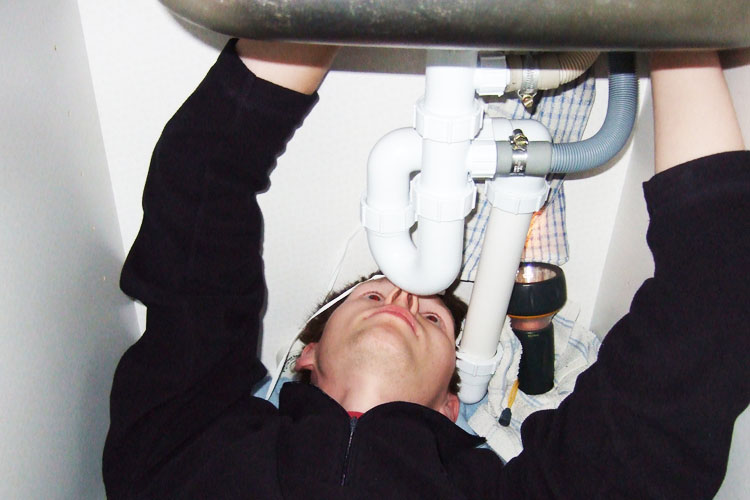Joining And Fitting Pipes
A fitting is used in pipe systems to connect straight pipe or tubing sections, to adapt to different sizes or shapes, and for other purposes, such as regulating or measuring fluid flow. The term plumbing is generally used to describe conveyance of water, gas, or liquid waste in ordinary domestic or commercial environments, whereas piping is often used to describe high-performance (e.g. high pressure, high flow, high temperature, hazardous materials) conveyance of fluids in specialized applications. The term tubing is sometimes used for lighter-weight piping, especially types that are flexible enough to be supplied in coiled form.

Fittings (especially uncommon types) require money, time, materials, and tools to install, so they are a non-trivial part of piping and plumbing systems. Valves are technically fittings, but are usually discussed separately. A coupling connects two pipes to each other. If the size of the pipe is not the same, the fitting may be called a reducing coupling or reducer, or an adapter. By convention, the term “expander” is not generally used for a coupler that increases pipe size; instead the term “reducer” is used. There are two different types of couplings: slip and regular couplings.
A union is similar to a coupling, except it is designed to allow quick and convenient disconnection of pipes for maintenance or fixture replacement. While a coupling would require either solvent welding, soldering or being able to rotate with all the pipes adjacent as with a threaded coupling, a union provides a simple transition, allowing easy connection or disconnection at any future time. A standard union pipe is made in three parts consisting of a nut, a female end, and a male end. When the female and male ends are joined, the nut then provides the necessary pressure to seal the joint. Since the mating ends of the union are interchangeable, changing of a valve or other device can be achieved with a minimum loss of time. Pipe unions are essentially a type of flange connector, as discussed further below.
Dielectric unions are unions with dielectric insulation, used to separate dissimilar metals (such as copper and galvanized steel) to avoid the damaging effects of galvanic corrosion. When two dissimilar metals are in contact with an electrically conductive solution (even tap water is conductive), they will form a battery and generate a voltage by electrolysis. When the two metals are in direct contact with each other, the electric current from one metal to the other will cause a movement of ions from one to the other, dissolving one metal and depositing it on the other. A dielectric union breaks the electric current path with a plastic liner between two halves of the union, thus limiting galvanic corrosion.
